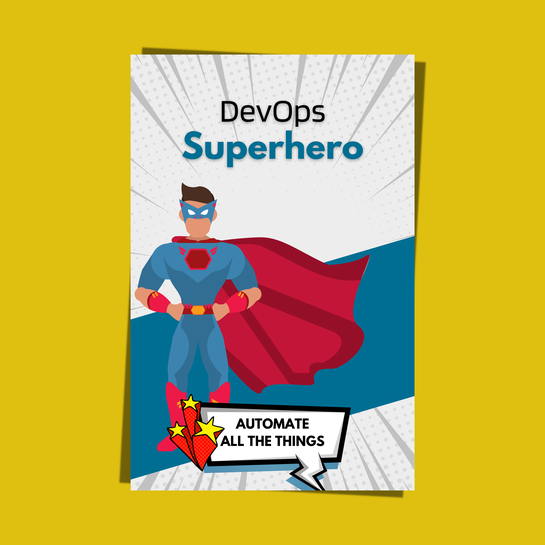How Squadcast Helped FinBox Overcome Real-Time Monitoring Challenges with Incident Management Tools
This blog post details how FinBox, a B2B credit infrastructure company, overcame real-time monitoring challenges using Squadcast, an incident management solution. FinBox previously struggled with inefficient email alerts, manual monitoring, and a disorganized on-call process. Squadcast's features like tagging, integration with monitoring tools, and on-call scheduling helped FinBox achieve significant improvements, including reduced downtime, better customer experience, and more control over monitoring. Overall, Squadcast is presented as a valuable tool for businesses seeking to improve their incident management and real-time monitoring capabilities.






